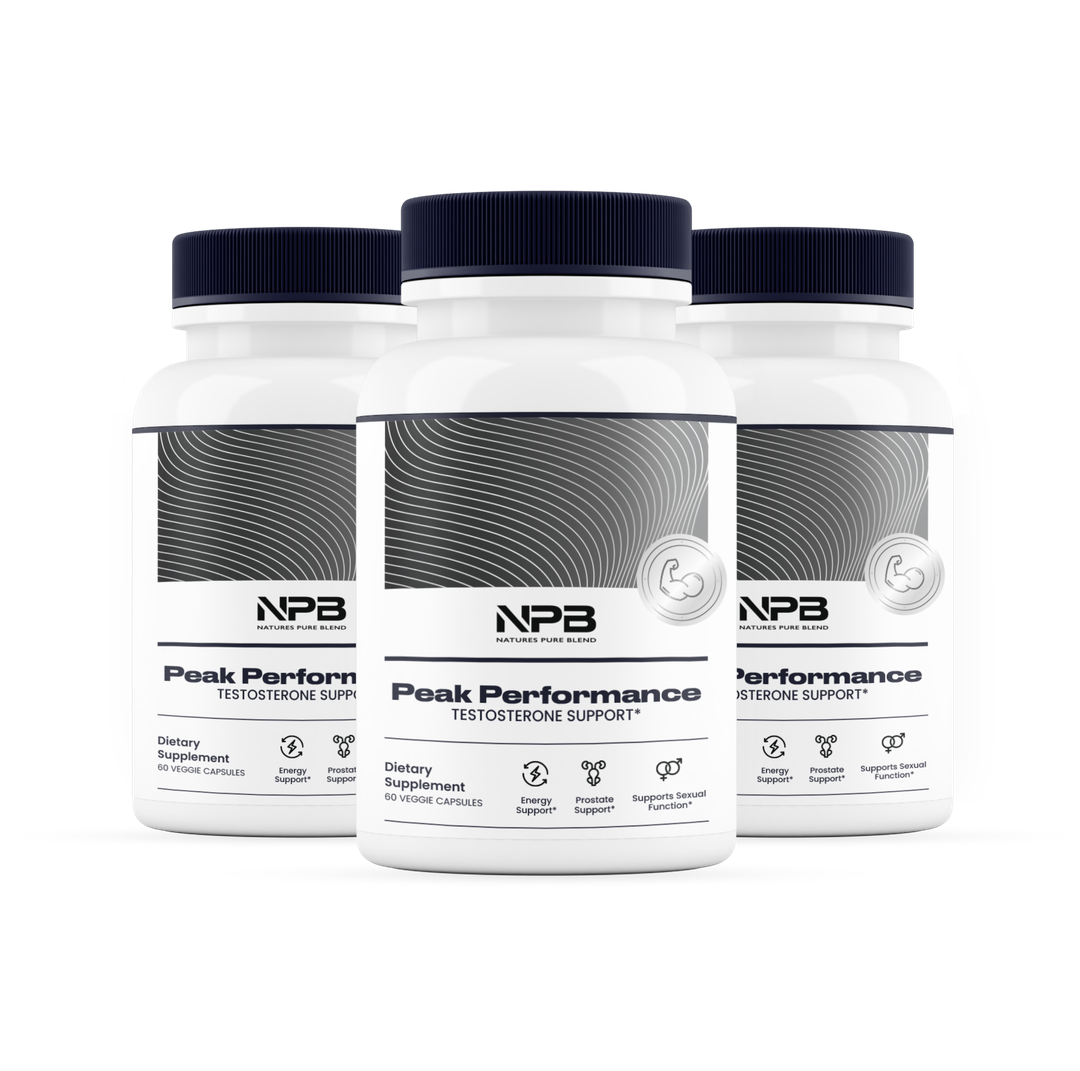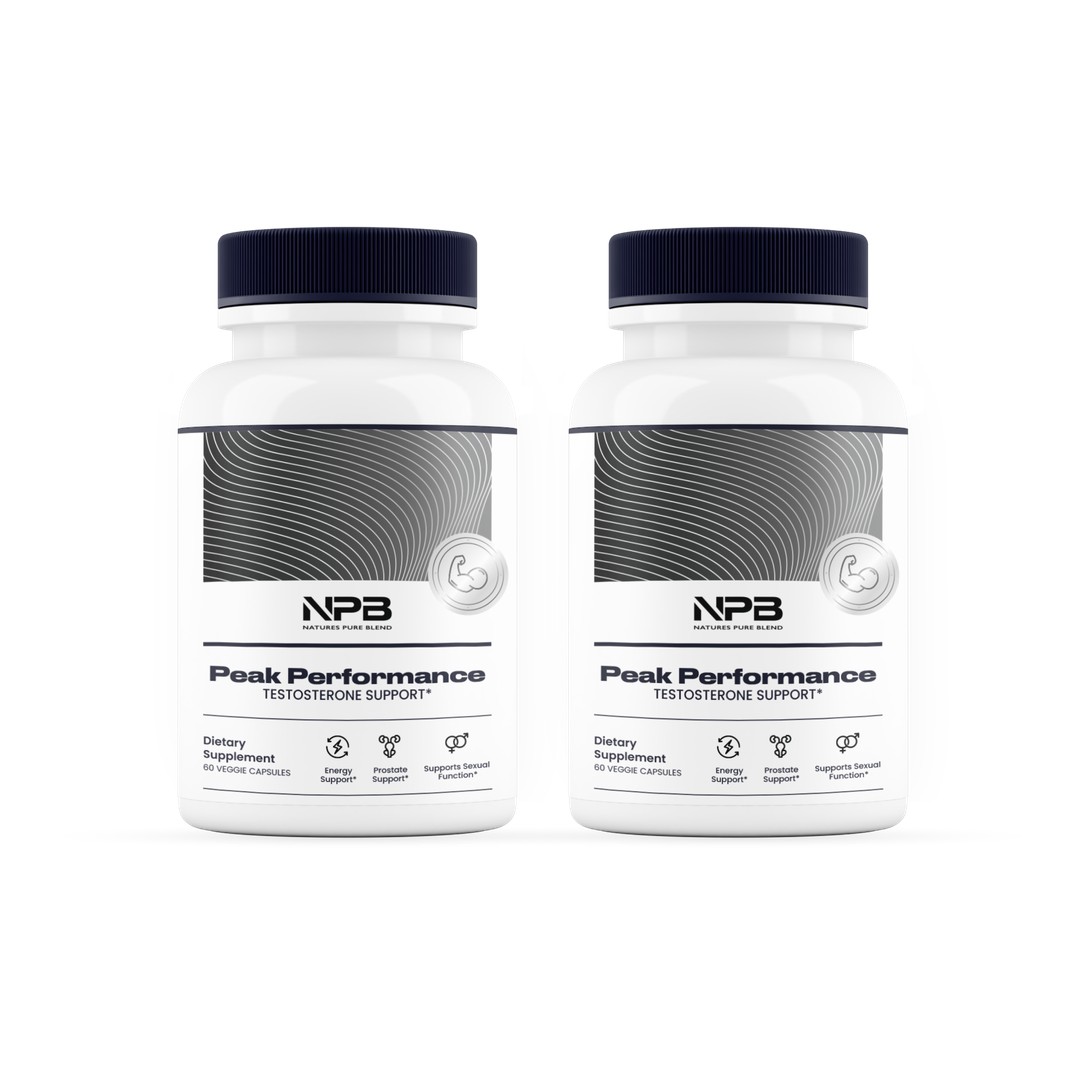Get Free Shipping On Orders $99+
6 Mistakes Converting Testosterone Into Estrogen
If you’re working hard to support your testosterone levels — eating right, working out, maybe even using supplements — but still feel off… there could be something else going on. One of the most overlooked issues? Your body may be converting testosterone into estrogen more than it should. This process is natural, but certain daily habits can tip the balance and lead to unwanted changes in energy, mood, muscle tone, and more.
Here are 6 common mistakes that may quietly be increasing estrogen and sabotaging your testosterone.
1. Carrying Too Much Belly Fat
Visceral fat — the kind that builds around your midsection — isn't just sitting there. It’s metabolically active.
Fat tissue contains an enzyme called aromatase, which converts testosterone into estrogen.
The more fat you carry, the more this conversion can happen.
This is one reason men with excess belly fat may experience lower energy, reduced drive, and even mood shifts — despite having average testosterone levels. 1, 2
2. Drinking From Plastic Bottles
Many plastic containers, especially those not labeled BPA-free, contain compounds called xenoestrogens.
These synthetic chemicals can mimic estrogen in the body and disrupt your natural hormone balance.
When these compounds build up, your body may respond by producing less testosterone — and converting more of what you have into estrogen. 3
3. Too Much Alcohol
Excessive alcohol — especially beer — can interfere with liver function, which is responsible for metabolizing hormones.
When the liver becomes sluggish, estrogen can build up.
Alcohol also reduces zinc levels, a mineral important for healthy testosterone production.
Over time, heavy drinking can shift the testosterone-to-estrogen ratio in the wrong direction. 4
4. Chronic Stress
Stress raises cortisol, and cortisol has a suppressive effect on testosterone.
But here’s the catch: when testosterone drops, your body often compensates by increasing estrogen activity.
Long-term stress can also increase aromatase enzyme activity, making conversion more likely — especially in men over 40. 5
5. Lack of Strength Training
Not all exercise supports testosterone the same way.
Endless cardio may burn calories, but resistance training is what stimulates testosterone release.
Men who skip strength training may miss out on this boost — and over time, higher fat and lower muscle mass are linked to increased aromatase activity (conversion of testosterone into estrogen). 6, 7
6. Overexposure to Fragrances & Chemicals
Common colognes, shampoos, and household cleaners often contain phthalates and parabens — two endocrine-disrupting chemicals.
These have been shown to interfere with testosterone pathways and mimic estrogen inside the body.
Reducing exposure by switching to fragrance-free or natural products can help limit this hormonal interference. 8, 9
Conclusion
Your body naturally produces both testosterone and estrogen — but the ratio between the two is what really matters.
If you’ve been feeling off despite your efforts, one or more of these mistakes might be tipping the balance.
The good news? Every single one of these is fixable.
Start by cutting down exposure to hormone disruptors, supporting your metabolism through strength training, and managing body fat — and you’ll be on your way to a better hormonal balance.
Support Sex Drive, Testosterone Levels, & Muscle Mass Growth*
Join Our Community Of Health Lovers & Get Special Deals
Receive study-backed health tips, exclusive email deals, and more.
†Disclaimer: These statements have not been evaluated by the Food and Drug Administration. These products are not intended to diagnose, treat, cure or prevent any disease. Product results may vary from person to person.



